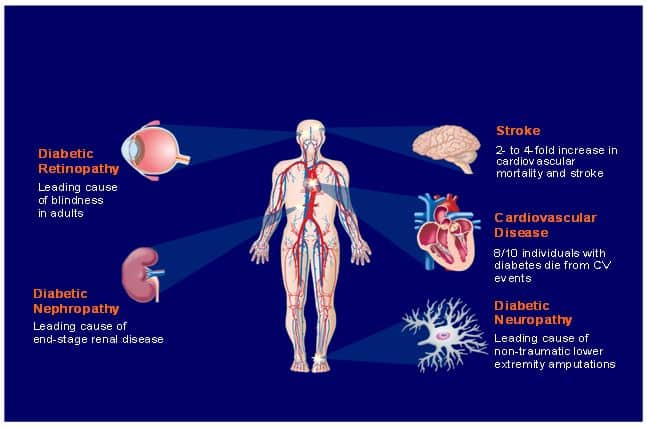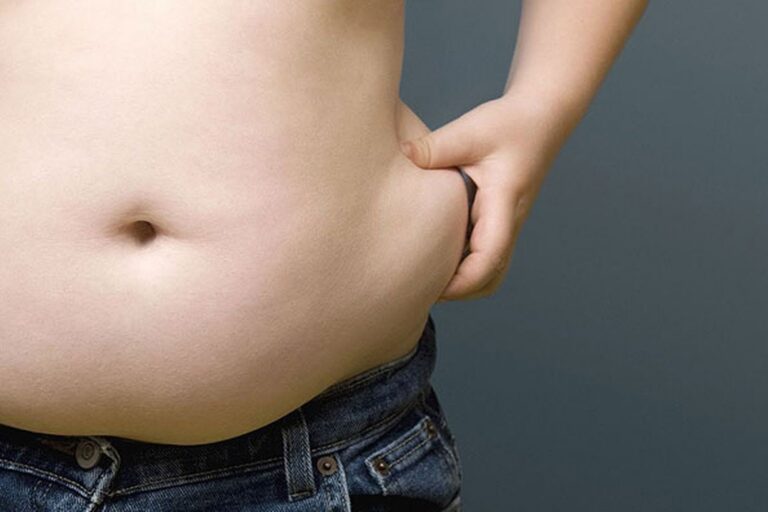Cantaloupe or Watermelon in Diabetes?

Summer brings an abundance of delicious, juicy, and refreshing fruits, with cantaloupe and watermelon ranking high among favorites. However, for individuals living with diabetes, the choice between the two is not just about taste—it’s about metabolic impact. In this article, we’ll explore the nutritional composition of both melons, their effects on blood sugar, their benefits, and what precautions are necessary for people with diabetes.
What does watermelon contain?
Watermelon is made up of more than 90% water, making it extremely hydrating and low in calories. Per 100 g, watermelon contains approximately:
- 30 kcal
- 7–8 g of carbohydrates (mostly fast-absorbing sugars)
- 0.6 g of fiber
- Small amounts of vitamin C, vitamin A, and potassium
The deep red color is due to its lycopene content, a powerful antioxidant with cardiovascular benefits. However, watermelon has a high glycemic index (around 72), although the glycemic load of a moderate portion (120–150 g) remains medium.
What does cantaloupe contain?
Cantaloupe has a similar composition, with slight differences. Per 100 g, it provides:
- 34 kcal
- 8–9 g of carbohydrates
- 0.9 g of fiber
- Higher amounts of vitamin C, beta-carotene (a precursor to vitamin A), and potassium
It tastes sweeter than watermelon, and its glycemic index ranges between 65 and 70, depending on the variety and ripeness. Although it may seem like a sweeter choice, cantaloupe is rich in antioxidants and offers slightly more fiber.
What does glycemic index mean in this context?
The glycemic index (GI) measures how quickly a carbohydrate-containing food raises blood sugar. A high GI means a rapid increase in blood glucose. Watermelon has a higher GI but a moderate glycemic load due to its low carbohydrate content per serving. Cantaloupe, with a slightly lower GI, contains more carbohydrates per portion. So, it’s not just the GI that matters—it’s also the quantity consumed.
How important is portion size?
Portion size is crucial for blood sugar control. A thin slice of watermelon (around 150 g) delivers about 10–12 g of carbohydrates, which can fit into a well-planned snack. Similarly, 100–120 g of cantaloupe can be safely eaten, especially when combined with a source of protein or healthy fat to slow down sugar absorption.
Common benefits for diabetics
Both melons are hydrating due to their high water content, which is especially helpful in the summer. Additionally:
- They contain antioxidants (lycopene in watermelon, beta-carotene in cantaloupe)
- They are good sources of potassium, important for blood pressure regulation
- They have a mild diuretic effect, aiding water retention
- They are flavorful and can replace high-calorie desserts
When are they not recommended?
Even small amounts of melon can destabilize blood sugar in some situations. People with poorly controlled diabetes, glucose levels above 200 mg/dL, high HbA1c, or ineffective treatment should avoid frequent consumption of high-GI fruits. Additionally, individuals with gastroparesis or type 1 diabetes with high insulin sensitivity should limit their melon intake to no more than 100 g per meal.
How to incorporate melon into a daily diabetic diet
For people with well-controlled diabetes, melons can be included as follows:
- As a snack between meals, not immediately after eating
- Paired with cottage cheese, Greek yogurt, or a handful of nuts
- In a smoothie with plant-based protein or collagen
- In measured amounts (up to 120–150 g)
It’s important to monitor blood glucose 1–2 hours after eating to assess the individual response, as it can vary widely from person to person.
Melons and weight-loss diets
Many patients ask whether melon causes weight gain. In truth, both cantaloupe and watermelon are low in calories per 100 g. However, due to their sweet taste and ease of consumption, they can be eaten in excess. Two generous slices may provide 40–50 g of carbohydrates—the equivalent of three slices of bread. So it’s not the melon itself, but the uncontrolled portions that can contribute to excess sugar and calorie intake.
Melons for children and elderly people with diabetes
Children with type 1 diabetes can consume melon if insulin doses are adjusted and blood sugar is carefully monitored. Ideally, melon should be eaten with a fat or protein source to reduce blood sugar spikes. In elderly people, especially those with type 2 diabetes and kidney issues or hypertension, potassium intake must be limited—so melon portions should not exceed 100 g per day.
Melons in gestational diabetes
In pregnancy, blood sugar control must be extremely tight. Watermelon is quickly absorbed and can spike glucose levels, while cantaloupe, with slightly more fiber, may be better tolerated. However, neither is ideal in large quantities. The maximum recommended serving is 100 g, at least 2 hours away from meals, with post-meal blood glucose monitoring.
Conclusion: cantaloupe or watermelon?
There’s no universal answer. Watermelon has a higher GI but fewer carbs per serving. Cantaloupe tastes sweeter, has more carbs, and provides higher levels of vitamin A and C. Depending on personal preferences, glycemic tolerance, and medical treatment, both can be eaten in small, measured amounts. The key is moderation, combining them with other foods, and monitoring blood sugar levels. For a personalized plan, consult a diabetologist.
















